Expanded Polystyrene (EPS), often referred to as polystyrene foam, is a widely used material in packaging, construction, and protective applications. Its light weight and insulating qualities make it highly practical, but when it comes to disposal, EPS presents challenges. It is not biodegradable, it takes up excessive space in landfill, and it often enters the environment where it causes long-lasting harm.
For eco-conscious Australians, one of the most common questions is where to recycle polystyrene foam in Melbourne and Perth. Recycling EPS properly ensures that it is not wasted but instead processed into useful products. In this detailed guide, you will learn how EPS recycling works, where you can recycle it in major Australian cities, and why it is so important for the environment.
If you want expert guidance on sustainable foam use and recycling solutions, The Foam Company provides information, products, and resources to help households and businesses reduce waste effectively.
Why EPS Foam Recycling Matters
EPS is extremely durable and resistant to breakdown, which is helpful for packaging but problematic for disposal. Here are the main reasons EPS recycling is critical:
-
Landfill reduction: EPS takes up significant space due to its bulk and does not decompose naturally.
-
Marine and wildlife protection: Lightweight EPS often blows into waterways, breaking into small pieces that harm animals.
-
Resource recovery: Recycling allows EPS to be repurposed into insulation, skirting boards, and new packaging.
-
Environmental protection: Proper recycling reduces greenhouse gas emissions by lowering reliance on virgin plastic production.
Through correct recycling methods, communities reduce waste, conserve energy, and protect natural ecosystems.
Where to Recycle Polystyrene Foam in Melbourne
For Victorian households and businesses, it is essential to know where to recycle polystyrene foam in Melbourne. Many councils and recycling organisations provide drop-off facilities specifically for EPS.
Options include:
-
Council collection sites: Many local councils operate waste transfer stations that accept EPS packaging.
-
Recycling depots: Dedicated centres accept clean EPS for compression and processing.
-
Community recycling events: Temporary collection points allow bulk foam drop-off.
Before delivery, ensure the foam is clean, dry, and free of labels, tape, or food residue.
If you are searching for more information on how to recycle polystyrene foam in Melbourne, you can find guidance on preparation, drop-off points, and available recycling solutions.
EPS Foam Recycling in Perth
In Perth, EPS recycling operates through council facilities, private depots, and local waste management programs. Like Melbourne, residents must ensure that EPS is clean before drop-off.
Key guidelines:
- Do not place EPS in curbside recycling bins, as it requires special processing.
- Confirm operating hours and accepted materials with your local depot.
- Use community drop-off hubs where available for convenient recycling.
By accessing these services, Perth residents can actively reduce foam waste and promote sustainable disposal practices.
EPS Recycling Centres in Australia
EPS is recyclable across multiple states, with centres that specialise in compressing and reprocessing foam. These EPS recycling centres in Australia serve as collection points for households and businesses.
Advantages include:
- Reducing the volume of landfill waste.
- Converting bulky EPS into reusable material.
- Supporting a sustainable circular economy.
- Creating supply streams for manufacturers of recycled products.
Recycling centres also work with councils to expand accessibility, ensuring that foam can be managed responsibly on a national scale.

You can explore additional sustainable material options in the insulation product collection.
Environmental Impact of EPS Foam
Polystyrene foam has a significant environmental impact if not recycled. Because it breaks into small pieces, EPS easily disperses into soil and water systems, where it can remain for decades. Animals and marine life may ingest these fragments, leading to health issues and ecosystem damage.
Recycling prevents this problem by diverting foam from the environment and converting it into durable, reusable products. This makes EPS recycling one of the most effective ways to reduce plastic pollution in Australia.
For more detail on sustainable practices, visit the eco-friendly materials page.
Recycling EPS Benefits
Recycling EPS brings multiple advantages for communities, households, and the economy. The most notable recycling EPS benefits include:
-
Conservation of resources: Less demand for petroleum-based virgin plastics.
-
Energy efficiency: Recycling requires less energy than new material production.
-
Reduced waste disposal costs: Councils and households save money on landfill fees.
-
Cleaner environments: Streets and waterways are less polluted.
-
New product creation: EPS waste can be turned into insulation sheets, skirting boards, or even new foam materials.
If you are considering sustainable foam solutions for projects, explore the flexible polyurethane foams collection to see how recycled and eco-conscious materials are applied in practical ways.
Local Drop-Off Points in Melbourne and Perth
Locating local drop-off points is the most effective way to ensure EPS is properly recycled.
- In Melbourne, many councils list accepted EPS drop-off stations on their websites.
- In Perth, community collection programs and council-run centres operate on a regular basis.
Always verify that the facility accepts EPS before arriving. Foam should be separated from other recyclables and delivered in manageable amounts.
For further guidance, you can contact your local recycling authority or industry experts who can provide the most up-to-date drop-off details.
How EPS Foam is Recycled
The EPS recycling process involves several steps to ensure material recovery and reuse:
-
Collection: EPS is gathered from drop-off points, businesses, and households.
-
Shredding: Foam is broken into small pieces.
-
Compaction: EPS is compressed into dense blocks using specialised equipment.
-
Reprocessing: Blocks are melted and reformed into raw material.
-
Manufacturing: The recycled EPS is used to create new products such as insulation boards, picture frames, and construction profiles.
This closed-loop process significantly reduces plastic waste and supports sustainable industry practices.
For an overview of EPS materials and their uses, view the rigid insulation foam collection.
Additional Sustainable Foam Uses
Recycling is not the only way to manage foam sustainably. Some EPS materials are reused directly in packaging or incorporated into building insulation.
-
Construction applications: Recycled EPS can be used as lightweight concrete aggregate.
-
Packaging reuse: Foam sheets can be reused in shipping to protect goods.
-
Product innovation: New composites are created from recycled EPS for durable household products.
To explore available sustainable foam options, visit the closed cell foam collection.
FAQs
-
Where to recycle polystyrene foam in Melbourne?
Residents can recycle EPS foam at council transfer stations, independent depots, and authorised community drop-off hubs. -
Can EPS foam go into household recycling bins?
No, EPS cannot be placed in standard curbside bins. It requires specialised collection and processing. -
What are the key recycling EPS benefits?
Benefits include waste reduction, lower landfill costs, energy savings, and environmental protection. -
Are there EPS recycling centres in Perth?
Yes, Perth has multiple council-managed centres and private facilities where EPS foam can be recycled. -
How does EPS recycling work?
The foam is collected, shredded, compacted, and reprocessed into new plastic products. -
Why is EPS foam harmful to the environment?
EPS breaks into small fragments that pollute soil and waterways, creating risks for wildlife. -
Can businesses recycle EPS in bulk?
Yes, many recycling centres accept large commercial quantities of EPS waste for processing. -
Who should I contact for more recycling details?
Check your council’s website or use The Foam Company contact page for updated information.
Conclusion
For eco-conscious Australians, knowing where to recycle polystyrene foam in Melbourne and Perth ensures that EPS waste is responsibly managed. Recycling protects the environment, conserves resources, and supports local industries that rely on sustainable raw materials.
With recycling centres, council programs, and local drop-off points widely available, households and businesses have multiple opportunities to contribute to Australia’s circular economy.
To learn more about sustainable foam products and recycling solutions, visit The Foam Company and explore collections designed to reduce waste and promote environmental responsibility.


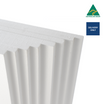
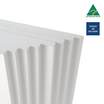
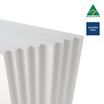
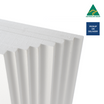
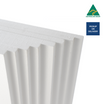
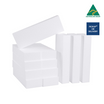
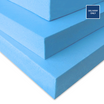
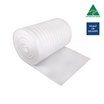
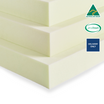
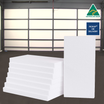
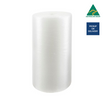
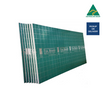
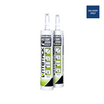

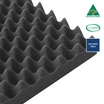
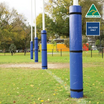
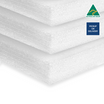
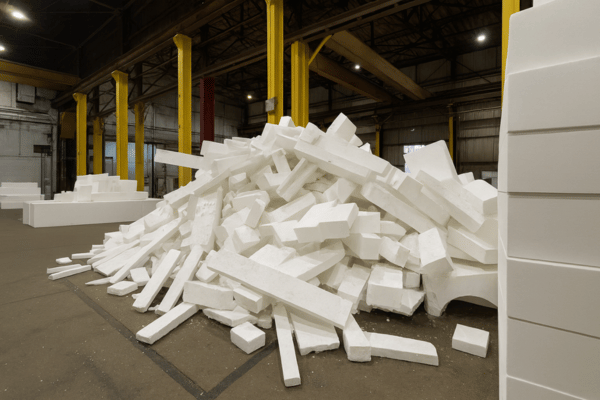
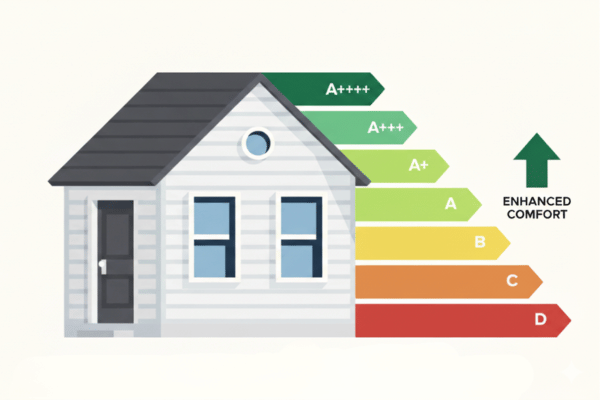
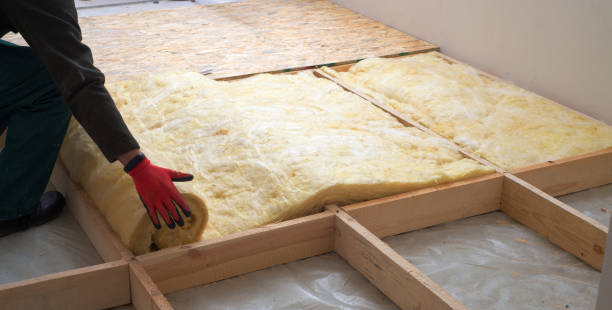
Leave a comment
This site is protected by hCaptcha and the hCaptcha Privacy Policy and Terms of Service apply.